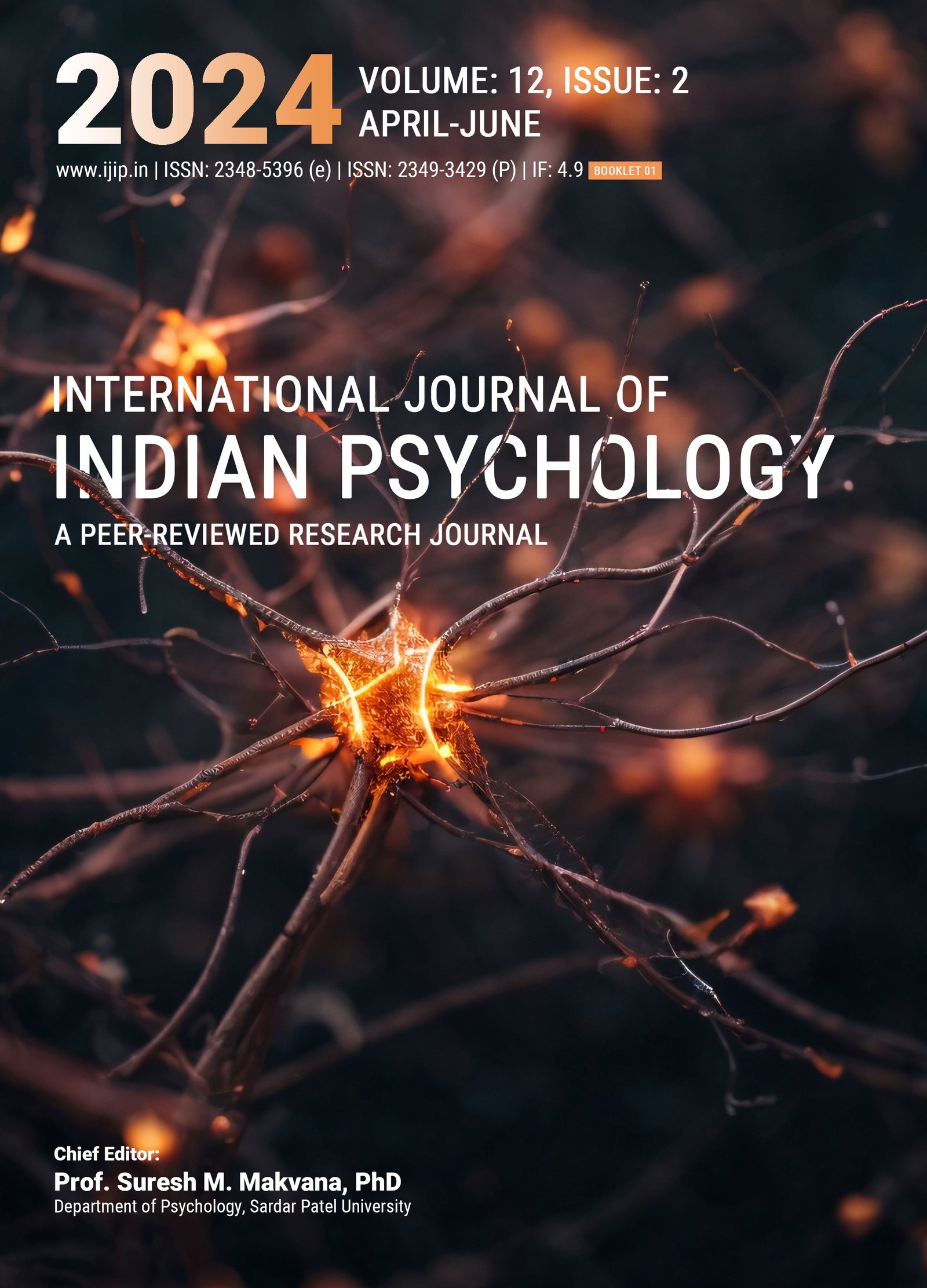Impact of Gaslighting on Mental Health among Young Adults
DOI:
https://doi.org/10.25215/1202.350Keywords:
Gaslighting, Anxiety Levels, Self- Esteem, Manipulation, Controlling Behavior, Cognition Difficulty, Psychological ImpactAbstract
Gaslighting, a form of psychological manipulation has gained attention for its detrimental effects on mental health. This study aims to examine impact of gaslighting on mental health among young adults. Prior research has consistently highlighted how gaslighting affects relationships including intimate partnerships, family dynamics and workplace interactions. A sample of 154 participants was used in the study, comprising young adults aged between 18 and 35 years. The sample included 87 females and 66 males, reflecting a wide demographic range. The assessment tools included are Victim Gaslighting Questionnaire (VGQ), State Trait Anxiety Inventory (STATE), and Rosenberg Self-esteem Scale. After administering these tools, a comprehensive statistical analysis was conducted to examine the relationships between gaslight, anxiety levels and self-esteem The findings reveal that young adults ‘that experiences of the controlling and manipulation behavior increases so do levels of anxiety and decrease in self-esteem. This research highlights the need for further investigation into the moderating effects of manipulation and influence of dominant people in our day-to-day life. These findings underscore the importance of recognizing and addressing gaslighting behavior to promote better mental outcomes and even criminal behavior among young adults.Metrics
No metrics found.
Published
2022-11-05
How to Cite
Sakshi Shekhar, & Dr. Kaushlendra Mani Tripathi. (2022). Impact of Gaslighting on Mental Health among Young Adults. International Journal of Indian Psychȯlogy, 12(2). https://doi.org/10.25215/1202.350
Issue
Section
Articles


